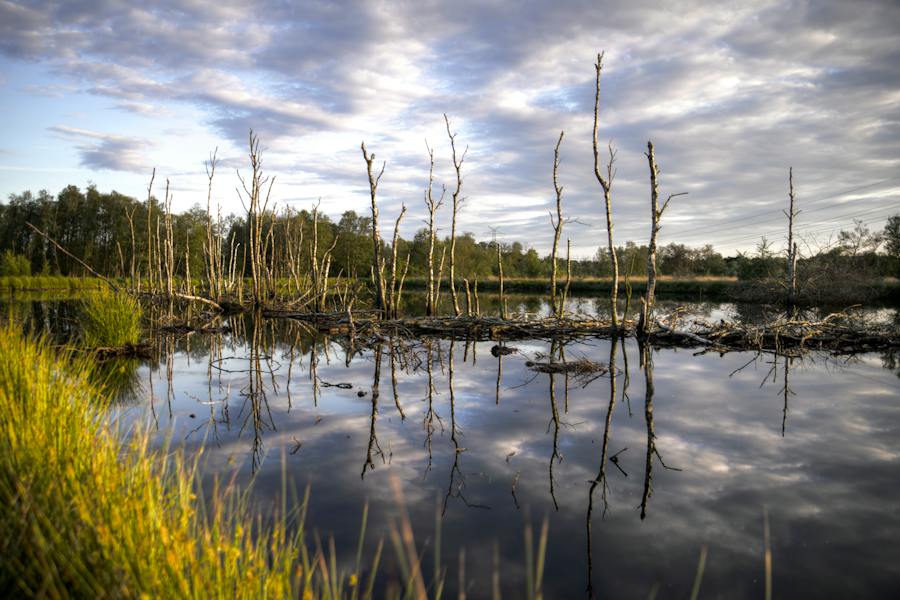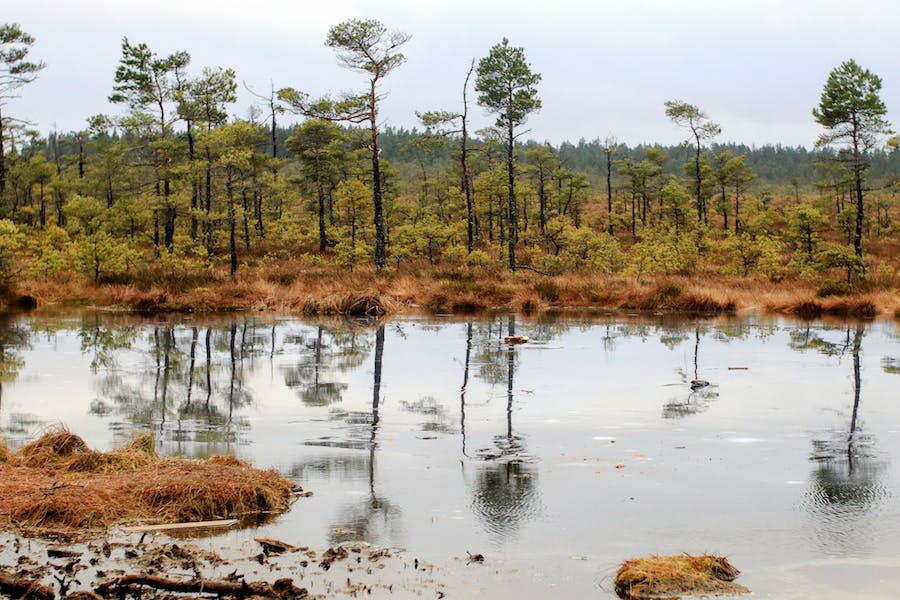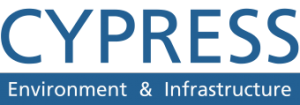Unregulated development destroyed many invaluable wetlands before modern protections. Now laws like the Clean Water Act regulate any impacts to remaining wetlands through Section 404 permits. But what is a 404 permit, exactly? Navigating these complex regulations is no easy feat.
At Cypress Engineering, our wetland specialists guide clients through permitting to enable responsible development. In this article, we’ll demystify what a 404 permit entails and discuss why specialized permitting is required for wetlands. We’ll also explore how impact reviews are conducted and cover the different project types that require diligence through 404 permitting.

What Is a 404 Permit?
The 404 Permit, rooted in the Clean Water Act, is a regulatory instrument crucial for environmental protection in the United States. Specifically administered by the U.S. Army Corps of Engineers, it regulates activities affecting “Waters of the United States,” particularly wetlands and water bodies.
Section 404 is a critical component of the Communications Workers of America (CWA), embodying a cooperative federalism approach where federal agencies work in tandem with state and tribal authorities to achieve water management goals.
At Cypress, our wetland specialists help clients navigate these regulatory complexities. This section aims to regulate activities that may impact water quality and aquatic ecosystems.
404 Permitting Process
Application requirements and steps
The 404 permitting process involves a meticulous application procedure. At Cypress Environment & Infrastructure, our specialists assist clients with preparing comprehensive 404 permit applications.
Applicants must submit a proposal detailing the project’s scope, potential environmental impact, and proposed mitigation measures. The process includes a public notice period, allowing stakeholders to provide input.
Roles of federal, state, and tribal agencies
Federal, state, and tribal agencies play distinct roles in the 404 permitting process. The USACE evaluates applications, ensuring compliance with federal regulations. State environmental agencies and tribes may assume the role of primary permit issuers if they meet specific criteria and have an approved regulatory program.
This collaboration ensures that the permit aligns with both federal and local environmental priorities, emphasizing the importance of cooperative federalism in achieving effective environmental protection.
Criteria for 404 Permit Decisions
Environmental impact assessment and mitigation
One of the primary considerations in granting a Clean Water Act Section 404 permit is the thorough assessment of the project’s environmental impact. The U.S. Army Corps of Engineers (USACE) evaluates potential effects on water quality, aquatic habitats, and overall ecosystem health.
At Cypress, we help clients develop detailed mitigation plans to accompany their 404 permit applications. These plans address and minimize any adverse impacts from projects. This may include measures like wetland creation, restoration, or enhancement, ensuring a net environmental benefit.
Evaluation of alternatives and public interest factors
The decision-making process for 404 permits involves a comprehensive evaluation of project alternatives and their potential impacts. The USACE considers whether less environmentally damaging alternatives exist and assesses the overall public interest.
Factors such as the project’s economic benefits, effects on navigation, and contribution to public welfare are weighed against potential environmental drawbacks.
This multifaceted evaluation ensures that permitted activities align with broader societal and ecological goals, reflecting the balanced approach embedded in the Clean Water Act.
Activities Regulated by 404 Permits
Discharge of dredged or fill materials
1. Scope of regulated discharges
Clean Water Act Section 404 permits are pivotal in overseeing activities related to dredged or fill materials being discharged into U.S. waters. This regulatory framework addresses a diverse spectrum of undertakings, ranging from dredging navigation channels to filling wetlands for development purposes.
2. Preserving aquatic ecosystems: the permitting process
The meticulous permit process associated with Section 404 is designed to ensure that these activities are executed responsibly. By doing so, it aims to minimize adverse environmental impacts and safeguard the integrity of aquatic ecosystems.
Projects involving excavation, soil disturbance, or alterations to water bodies fall under the purview of Section 404, underscoring the significance of obtaining a permit before initiating such activities.
Navigating 404 Permits for Construction Projects
1. Discharge into waters and wetlands
Construction projects involving the discharge of dredged or fill materials into waters, especially wetlands, fall within the scope of Clean Water Act Section 404 regulations.
At Cypress, our wetland specialists ensure construction projects comply with 404 permitting requirements. These permits play a pivotal role in overseeing and mitigating the environmental impacts associated with construction activities in aquatic habitats.
2. Preserving aquatic habitats
Recognizing the ecological significance of wetlands, the Section 404 permitting process becomes a critical checkpoint for proposed construction projects. Its primary objective is to ensure that such endeavors align with environmental safeguards.
This includes a meticulous evaluation to offset potential wetland impacts, with measures like wetland creation or restoration forming integral components. Through this process, Section 404 contributes significantly to the overall preservation and sustainability of vital ecosystems.

Conclusion
Through this exploration of Section 404 permitting under the Clean Water Act, we have seen the intricacies of regulating activities affecting wetlands and water bodies. The collaborative efforts between federal, state, and tribal agencies aim to enable responsible economic progress while preserving aquatic ecosystems.
We hope this overview has provided insight into what is a 404 perming and how this process allows for sustainable development through careful impact reviews, mitigation strategies, and a balanced approach.
While technical complexities exist, the unifying purpose rings clear – to maintain America’s treasured wetlands amidst ambitious human enterprise. As we reflect on this system, one truth stands out – with diligence and care, we can build a brighter collective future in harmony with nature.
